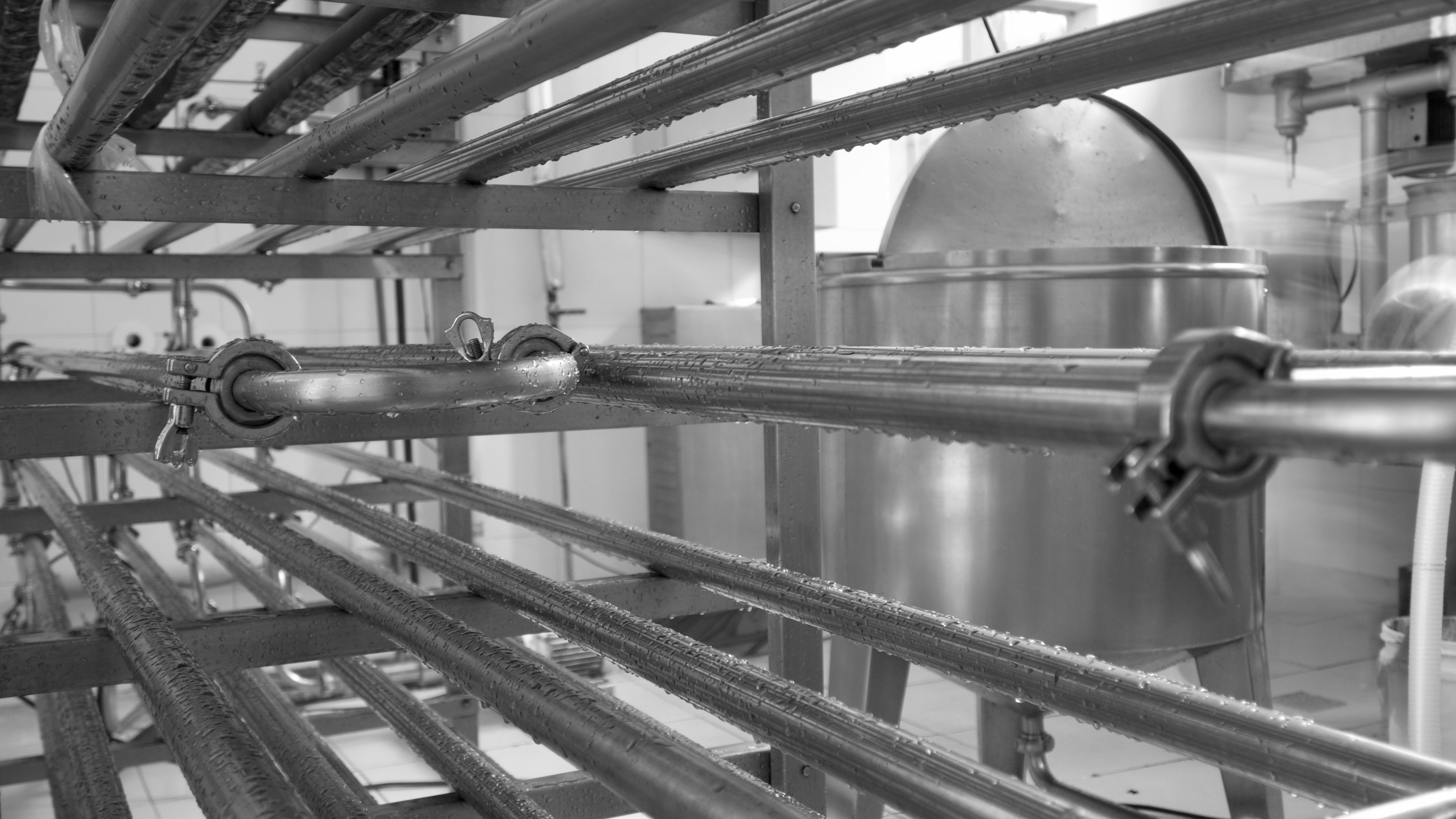Background
This leading food industry supplier specialises in the development, production and application of edible oils and fats and is one of the world’s largest supplier of speciality fats to the chocolate and confectionery industries, offering high-specialised cocoa butter alternatives and filling fats with premium functionality.
The company has production facilities in all over the world – including the United Kingdom – where one of its facilities is the country’s largest edible oils refinery.
At this this facility a number of processes, some of which are still controlled by individual legacy PLCs and dedicated HMI SCADA systems, but over the last 10 years a phased migration project has been underway to change these over to an up-to-date and more future proof distributed HMI SCADA and control solution. Rockwell Automation FactoryTalk® View SE HMI SCADA software was chosen for this new system, running on Allen-Bradley ControlLogix® programmable automation controllers (PAC).
Under the supervision of the Boulting Group, a Rockwell Automation Recognised System Integrator, the project’s eventual aim is to modernise all key areas of the plant by deploying a scalable, open and expandable integrated control solution.
Boulting Group is a member of the Rockwell Automation PartnerNetwork™ program as a System Integrator Partner. Recognised System Integrators make the commitment to deliver the highest technical solution and customer service, leading with Rockwell Automation technologies. These integrators have a mutually supportive relationship with the Rockwell Automation sales and/or distributors they work with.
Challenge
Boulting faced numerous challenges as the project proceeded. The site operates 24 hours a day, seven days a week; therefore minimum disruption to site operations during the upgrade period was one of the prime considerations in the development of the upgrade procedures.
Factors that have been implemented by Boulting to mitigate any potential issues include the offline installation, configuration, upgrading and testing of all Rockwell Automation software on the new servers before upgrading onsite. The existing and replacement systems also have to operate in parallel for a commissioning period, delivering a phased migration from the old to new system. In the unlikely event of any issues with the new system, Boulting has to provide a fall-back procedure to allow the system to revert back to the incumbent SCADA system.
The HMI SCADA infrastructure was installed as part of the very first phase. Subsequently, additional clients have been added to the system as existing control systems have been upgraded, or new processes and equipment have been introduced. The system architecture comprised two servers running the HMI SCADA and OPC data servers in a redundant configuration. These communicate to eight ControlLogix PACs and three Allen-Bradley CompactLogix™ PACs. A total of 15 HMI clients are served by the redundant server pair, with an additional three ‘View Only’ clients.
Since the commencement of the upgrade program, FactoryTalk View has undergone a series of changes and improvements and has recently been released as FactoryTalk View SE V9. To take advantage of these new features and increased stability, it was decided to upgrade the current site’s RSView SE V4 to FactoryTalk View SE.
Solution
Before the modernisation, the infrastructure comprised a number of discrete control solutions incorporating older PLCs and legacy HMI SCADA software. The customer realised that these systems were becoming obsolete and increasing the risk of downtime, so quickly identified a need to replace the complete system. Once it had replaced a couple it was more confident regarding the actual operation and spares availability and therefore decided to employ a gradual migration, based on site-wide Ethernet and a distributed HMI SCADA.
